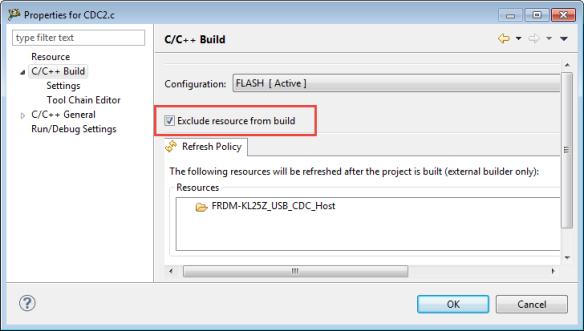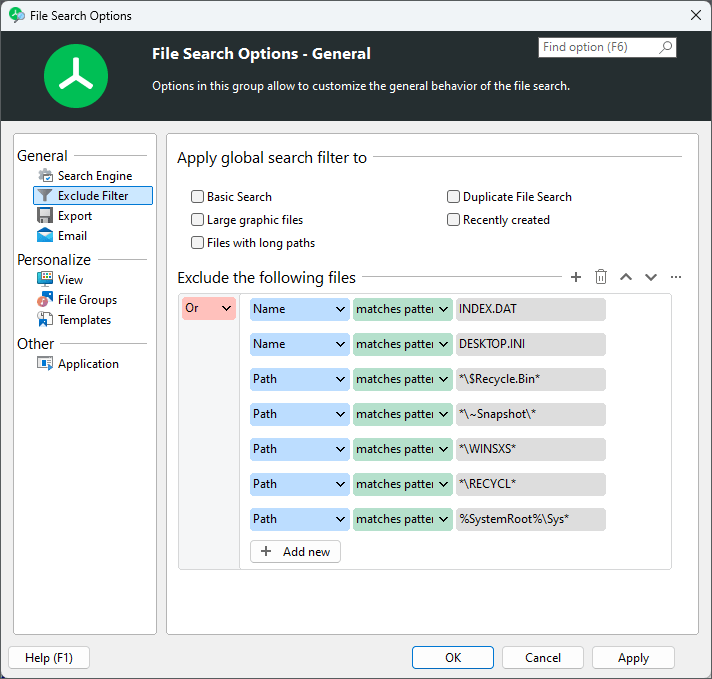

- #View excluded file appcode code
- #View excluded file appcode Offline
- #View excluded file appcode download
Setting Up and Deploying CredHub with BOSH.Information for Managed Service Authors.
#View excluded file appcode Offline

#View excluded file appcode code
When you build docker image for real-time projects, it contains code or application config files.įor demo purposes, we will create a simple HTML file & config file as our app code and package it using Docker. dockerignore Step 2: Create a sample HTML file & Config file Step 1: Create the required Files and foldersĬreate a folder named nginx-image and create a folder named files mkdir nginx-image & cd nginx-imageĬreate a. Note: The Dockerfile and configs used for this article is hosted on a Docker image examples Github repo. We will create an Nginx docker image from scratch with a custom index page.įollow the steps given below to build a docker image. In this section, you will learn to build a docker image using a real-world example. Please refer CMD vs ENTRYPOINT for more information. You can also override ENTRYPOINT using the -entrypoint flag using CLI. If you don’t specify any ENTRYPOINT, it defaults to /bin/sh -c. Specifies the commands that will execute when the Docker container starts. It can be overridden from the Docker CLI. There can be only one CMD, if multiple CMD there then it only applies to the last one. It is used to execute a command in a running container. If you want to persist a variable on a running container, use ENV. the ARG variables will not be available when the container is running. Is used to set build-time variables with key and value. It is used to specify metadata information of Docker image You can use this instruction to set a non-root user of the container. Sets the user name and UID when running the container. It is used to create or mount the volume to the Docker container If you set WORKDIR, instructions like RUN, CMD, ADD, COPY, or ENTRYPOINT gets executed in that directory. You can reuse this instruction in a Dockerfile to set a different working directory.
#View excluded file appcode download
If you want to download remote files, use curl or get using RUN. However, usage of COPY command is recommended over ADD. It also allows copying from the URL that is the source and tar file auto-extraction into the image.

It is a more feature-rich version of the COPY instruction. Specifies the port to be exposed for the Docker container. If you want to set only build-time variables, use ARG instruction.Ĭopies local files and directories to the image It will be available during build time as well as in a running container. Sets environment variables inside the image. To specify the base image which can be pulled from a container registry( Docker hub, GCR, Quay, ECR, etc)Įxecutes commands during the image build process. The following table contains the important Dockerfile instructions and their explanation.


 0 kommentar(er)
0 kommentar(er)
